
This week we lean into the spirit of the season and the traditional Jewish festival Tu B’Shevat, or New Year of the Trees, in conversation with Karen Flotte, with the Mitzvah Garden at the Central Reform Congregation in St. Louis, Missouri.
The New Year of the Trees seems like a perfect celebration in this time of dormancy just before the sap begins rising in most living things looking towards spring in the Northern Hemisphere.
"YAH"B'Shvat "W e say T u B'Shvat for the 15th of the mid- winter month of S hvat , using the letters T av and V av (9+6) — lest we use the letters we would usually use to count with: Y od & H ey (10+5), because that combination makes one of the Divine N ames. So let us keep in mind on this day and during every full moon, Y AH — the God Who is the Breath of Life — is fully present." - Phyllis Berman, From "T u" B'Shvat to "Y AH" B'Shvat
Karen Flotte is an applied theologian, the Volunteer Co-chair of the Central Reform Congregation's Mitzvah Farm, and a founding staff member of the Justice Gardeners also in St. Louis, Missouri.
She joins us today to share more about how the cycle of Jewish holidays and festivals are deeply rooted in the cycles of the earth as illustrated in this season of Tu B’Shevat – the New Year of the Trees, celebrated in winter as the sap is just beginning to stir again in the trees of the Northern Hemisphere. Tu B'Shevat literally means "on the 15th day of the Jewish month of Shevat" and is the full moon about a month after the Winter Solstice. Karen goes on to share what we can all learn from this as gardeners and humans.
In our conversation, Karen tells us about her upbringing in the Catholic faith, and her families love of the outdoors, nature, gardens, and the many rivers of the region around St. Louis - the confluence of the Mississippi and Missouri Rivers. She describes how the divine was so present for her in the trees of their garden, and other trees of her life.
As she continues her academic studies, she begins down a path towards her Master's degree in Catholic Liturgy and begins to really explore the relationship between Catholic liturgy and the Jewish tradition. As she learns more and more about the Jewish tradition being so intimately tied to the cycles of the earth, she feels more and more at home and ultimately she makes the decision to convert to Judaism.
In the process of studying for receiving the Torah, Karen first encountered rabbi Arthur Waskow, as she describes him “one of the great leaders of the Jewish renewal movement” and she read his book “Seasons of Our Joy”. In this book, Rabbi Waskow dives deeply into the history and traditions of each of the Jewish holidays and festivals and traces them back to their Earth-based and Earth rhythms-based origins and associations. In this work, Karen shares, Rabbi Waskow says “Jewish festivals are born out of the love affair between mother earth and her children.“
In this work Rabbi Waskow also clarifies that the Jewish word for earth and the Jewish word for human have the same root and that the Genesis story in which God forms 'Adam' out of a scoop of earth makes it clear that we are not separate from earth’s ecosystem, rather we are born of it. This kind of connectivity means a great deal to Karen spiritually and physically.
As volunteer co-chair of her Central Reform Congregation's Mitzvah Farm, Karen stresses the importance of its fruit, vegetables, flowers, bee hives and honey being cultivated to support the congregation community in body and soul, and to intertwine the congregation with the larger St. Louis Community grounded on the land they live with. The garden is an integral aspect of the congregation’s celebration of the annual cycle of Jewish festivals, tied to the earth’s cycles.
Annually on Tu B'Shevat, the Mitzvah Farm holds a seder to celebrate the festival. Here is an excerpt of the meaning and actions of this ritualistic meal from a handout put together for seders over the years at Tu B'Shevat drawing on several sources:
"In the 16th century, the Kabbalists of Safed connected earthly trees with the tree of the Sephirot. Their tree is a manifestation of God: its roots are in heaven, and its branches are the emanations and holy qualities of God spilling onto Earth. They created a mystical seder to be held in winter and to help the trees refructify. During our seder we share and eat the fruit of both actual trees and the symbolic trees of our tradition.
We will eat four types of fruit representing four worlds •Hard outside and soft inside •Soft outside and hard inside •Completely soft and edible •Intangible, existing only in spirit -acting -the physical world around us -feeling -the world of feelings and emotions -knowing -the world of knowledge & of the mind -being -the world of spirituality We will drink four cups of wine and be aware of the flow of time and of the seasons.. •Pure white for winter •Tinge of pink for spring •Rose for summer •Red for autumn.
We call our ancient scroll of wisdom, the Torah, an eitz chayim, a tree of life, for it, like the Earth’s great forests, sustains us. Torah teaches us that creation, in its great diversity, is harmoniously interconnected. Like the trees, we too need strong and deep roots for nourishment. We are grateful for the life we are lent."
"Rebirthing Trees, Healing Earth", Arthur Waskow in an email from www .shalomctr.org T he Jewish Holidays, Michael Strassfeld; T u B'S hevat S eder 2004, Central Reform Congregation, S t Louis, MO A T u B'S hvat S eder 2003, Temple Beth Shalom, Cambridge, MA Design & layout by Marian Rosen, mbrosen@brick.net
You can follow the Central Reform Congregation's work and Mitzvah Farm online at centralreform.org ; You an follow the Justice Gardeners on Instragram here: @JusticeGardeners
Join us next week when revisit a best of conversation on Making A Life, with artist, writer, gardener, Melanie Falick. Join us!
RELATED EPISODES INCLUDE:
- TIFFANY FREEMAN, TRADITIONAL HERBALISM & CARE
THINKING OUT LOUD this week..
In this deep stillness, cold, and low light of Winter, I love the idea that the root systems of the trees that companion us, and canopy over us on this earth are beginning to stir deep down in the ground beneath us. Triggered by light as well as temperature. To acknowledge all that is unseen or sensed by our most immediate observations seems like good practice worth cultivating.
I am not a person of religious affiliation. I studied comparative religion and literature in school and find great interest in the study of these deeply held beliefs on our world. I am though a person of deep faith and for me – just as Karen’s earliest experiences – is planted and rooted and raised in the garden. Gardening is after all first and foremost an act of relationship and faith in the possibility inherent in growing.
Riffing off of of that– I am struck by Karen’s noting her strong desire to provide a spiritual structure and community for her son. Hearing this, I was immediately struck by the correlation between this and many people’s instinct to garden when they first have their own home AND when they start a family and have children.
Faith is important to us all in some way – we all express it in our own ways – and these ways are myriad. Ritual is also important and something that with the decline of people belonging to the traditional organized religions or being observant within these religions, it occurs to me that our gardens are yet again the perfect mentors to us all in re-integrating meaningful life-giving ritual into our days and seasons. Rituals of listening, of appreciating, of sowing, of caring for, of watering, of feeding, of harvesting and pruning and CELEBRATING and meditating every day we have the privilege of growing with our plant and land companions.
So today – I celebrate the New Year of the Trees and the stirring of the healthy root systems on which we are so dependent. Happy Tu B’Shevat.
#cultivatingplace is a #publicradioprogram and #podcast - a co-production of #NorthStatePublicRadio @nsprnews, where it airs every Thursday at 10 am and a Sunday at 9 am Pacific. The full sweep of the work is #LISTENERSUPPORTED through cultivatingplace.com. CP is created from a physical base on unceded, traditional lands of the Mechoopda Maidu Indian Tribe of the Chico Rancheria. #decolonizethegarden#decolonisethegarden
All photos by or used courtesy of Karen Flotte, CRC, St. Louis.
WAYS TO SUPPORT CULTIVATING PLACE
SHARE the podcast with friends: If you enjoy these conversations about these things we love and which connect us, please share them forward with others. Thank you in advance!
RATE the podcast on iTunes: Or wherever you get your podcast feed: Please submit a ranking and a review of the program on Itunes! To do so follow this link: iTunes Review and Rate (once there, click View In Itunes and go to Ratings and Reviews)
DONATE: Cultivating Place is a co-production of North State Public Radio.
To make your listener contribution – please click the button below.
Thank you in advance for your help making these valuable conversations grow.
Or, make checks payable to:
JewellGarden with Cultivating Place in the memo line
and mail to: Jennifer Jewell, Cultivating Place
PO BX 37
Durham, CA 95938
All contributions go to the production of Cultivating Place and its educational outreach efforts and endeavors. Thank you for the value you find here and your support of it!



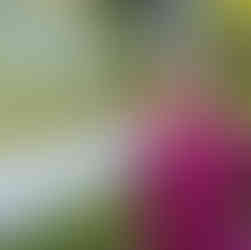




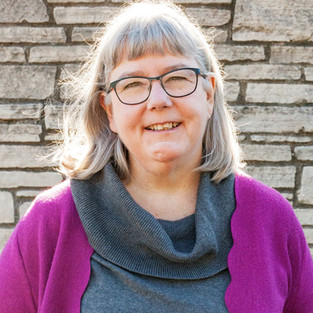




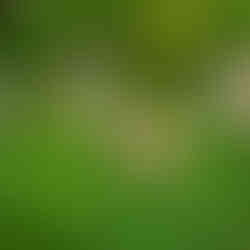






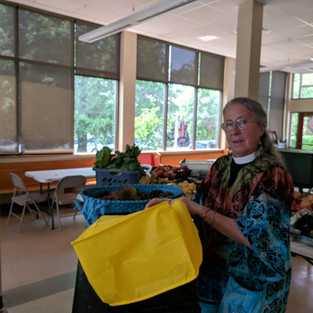





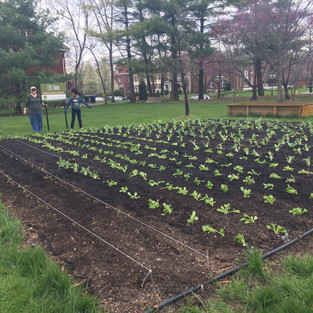

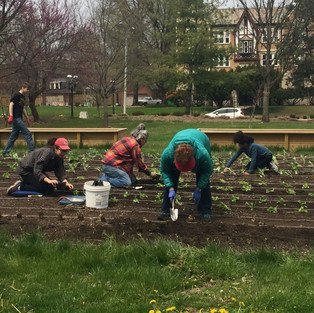
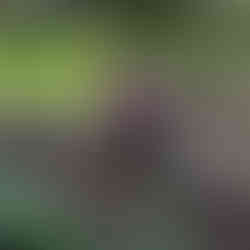
























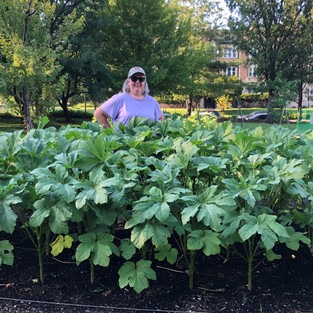

I so en joy seeing the photos. It adds such a warm humane aspect to the always excellently written text. Thank you jennifer and all your gardeners. Auntie Di